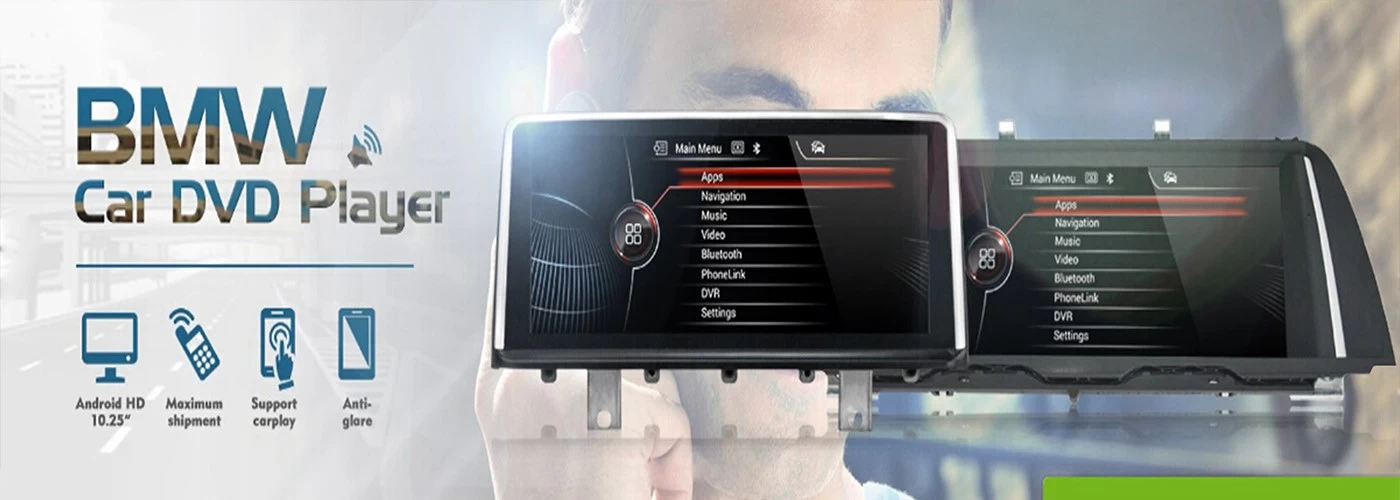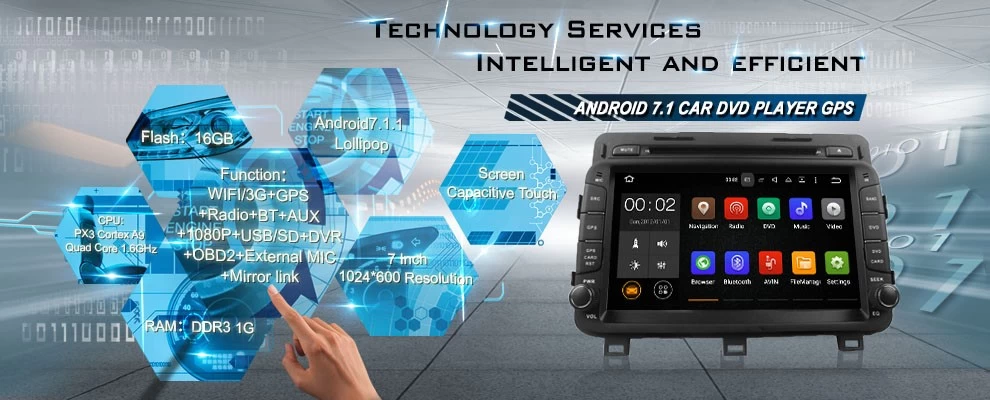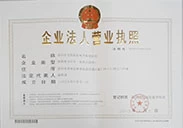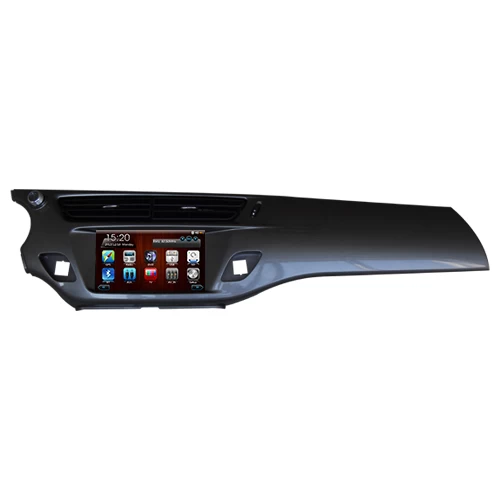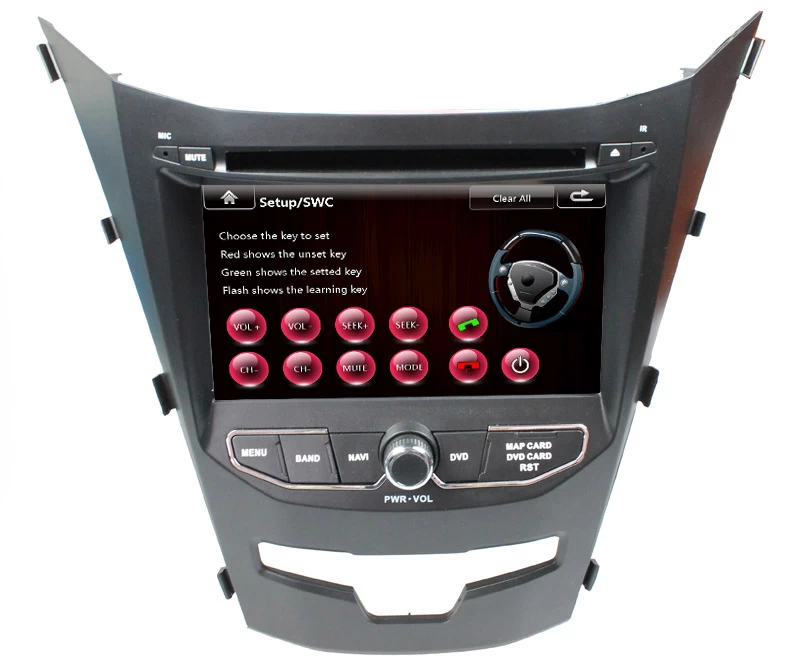Trends in Multimedia Navigation Technology Introduction
In today's fast-paced world, multimedia navigation technology plays a vital role in providing efficient and user-friendly navigation experiences. As we embrace advancements in the automotive and smart device industries, the field of multimedia navigation is continuously evolving. In this blog post, we will explore the latest trends in multimedia navigation technology, including Augmented Reality (AR) navigation, Voice Interaction, and Gesture Control.
1. Augmented Reality (AR) Navigation
Augmented Reality (AR) has become a prominent technology in various fields, and its integration into navigation systems opens up new possibilities. AR navigation overlays digital information onto the real-world environment, enhancing situational awareness for users. By utilizing the smartphone or car's camera, AR navigation provides visual cues, real-time directions, and points of interest (POIs) directly on the user's view of the road. This technology revolutionizes the way we navigate, making it more intuitive and immersive. To learn more about multimedia navigation and AR technology, check out this link.
2. Voice Interaction
Voice Interaction has rapidly gained popularity in multimedia navigation systems. With the integration of natural language processing and voice recognition technologies, users can interact with the navigation system using voice commands. This hands-free approach enhances safety while driving and provides a convenient way to access navigation features. Advanced voice interaction systems can understand complex commands, recognize various accents, and provide personalized responses. The continuous improvement of voice interaction technology makes it an essential component in modern multimedia navigation. For more information on this topic, visit this link.
3. Gesture Control
Gesture Control is another exciting trend in multimedia navigation technology. As touchscreens become more prevalent in vehicles and smart devices, gesture control offers an alternative and intuitive way to interact with navigation systems. Users can perform various gestures, such as swiping, pinching, or drawing specific shapes, to execute commands and manipulate the navigation interface. This technology enhances user accessibility and reduces distractions while driving. As the automotive industry moves towards fully autonomous vehicles, gesture control is expected to play a crucial role in the future of multimedia navigation. Find more insights on gesture control and multimedia navigation at this link.
Conclusion
As we witness remarkable advancements in multimedia navigation technology, the future looks promising and exciting. Augmented Reality navigation, Voice Interaction, and Gesture Control are just a few examples of how this field continues to evolve. These trends not only improve navigation accuracy but also enhance user experiences and safety. Whether in the automotive industry or on smart devices, multimedia navigation will remain a key aspect of modern living, guiding us through our journeys with ease and innovation.



